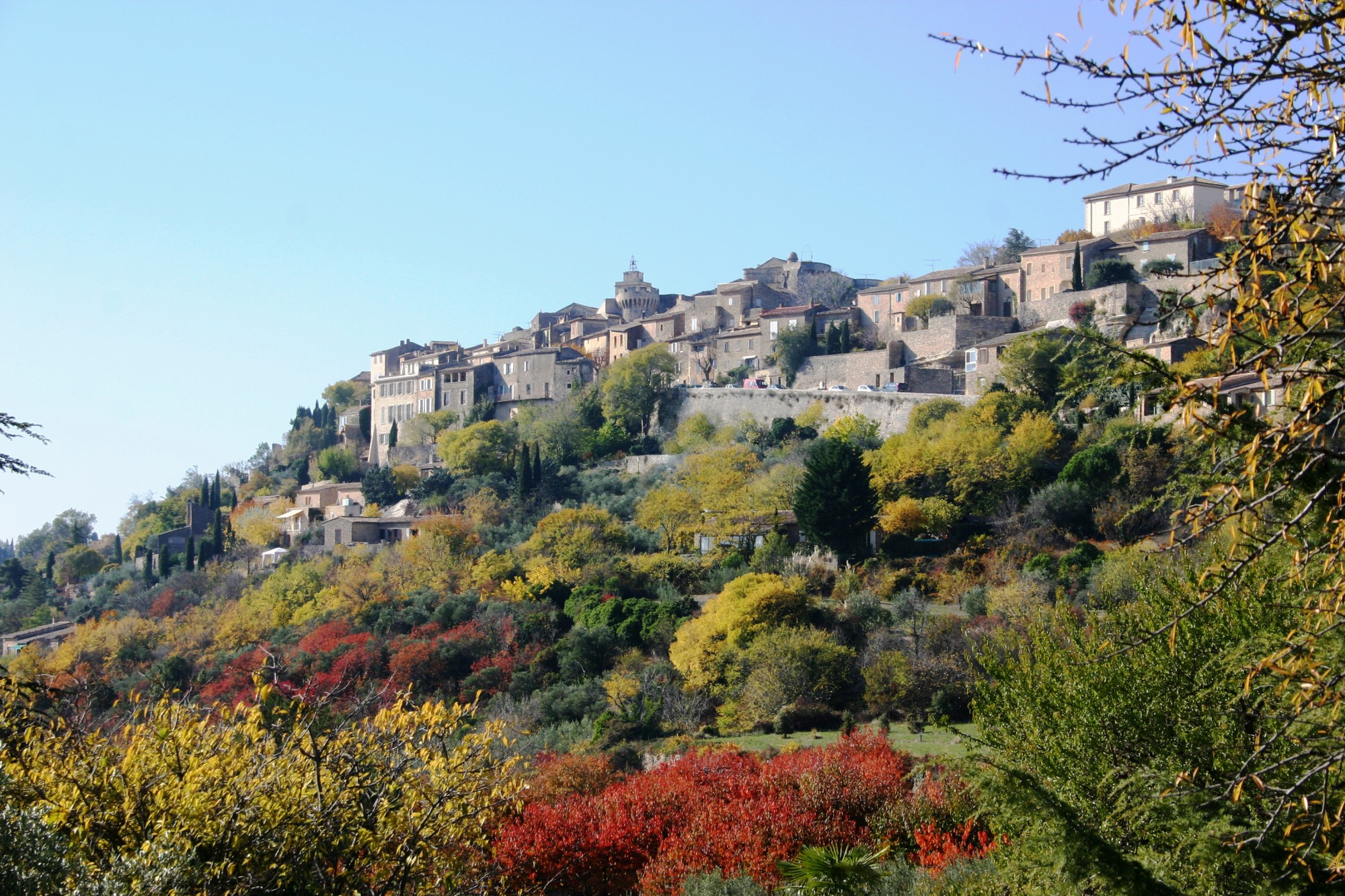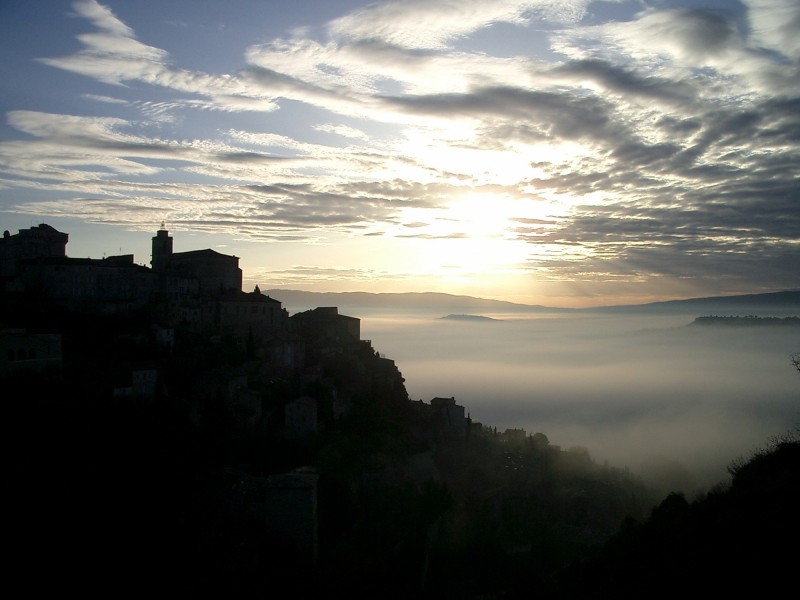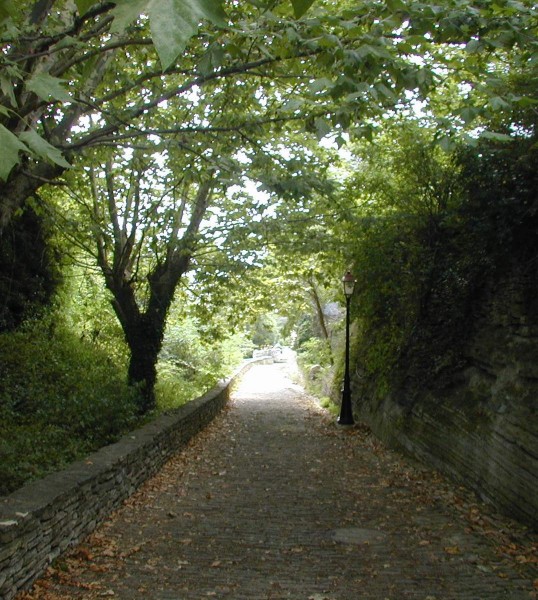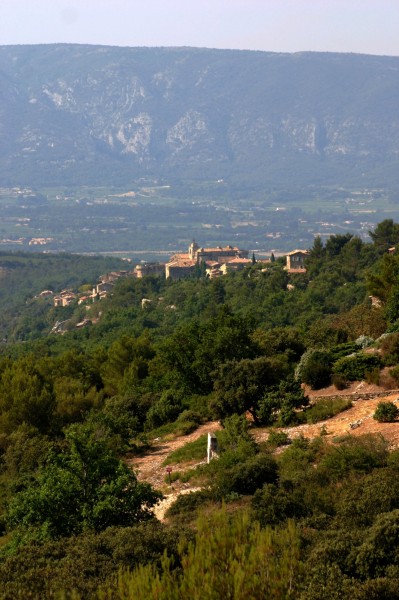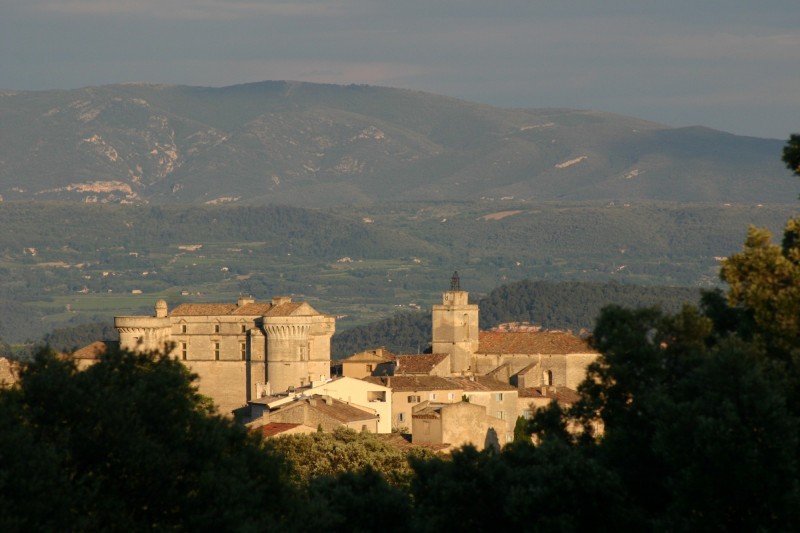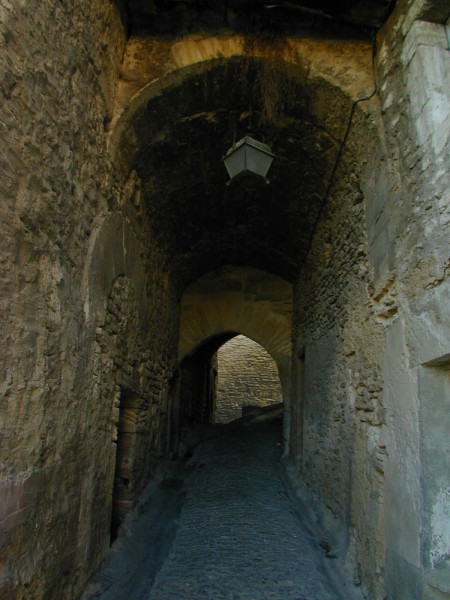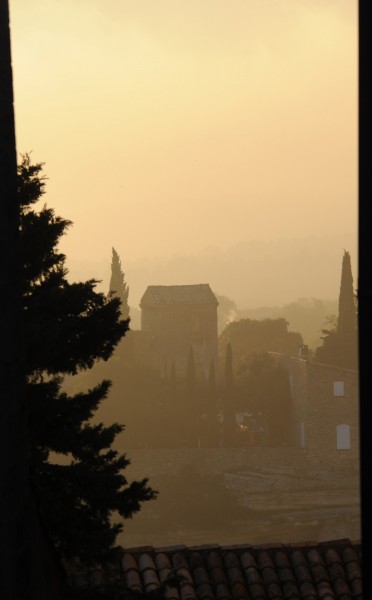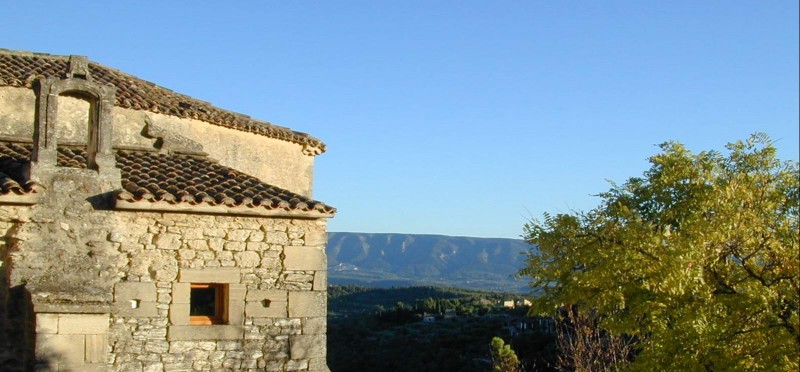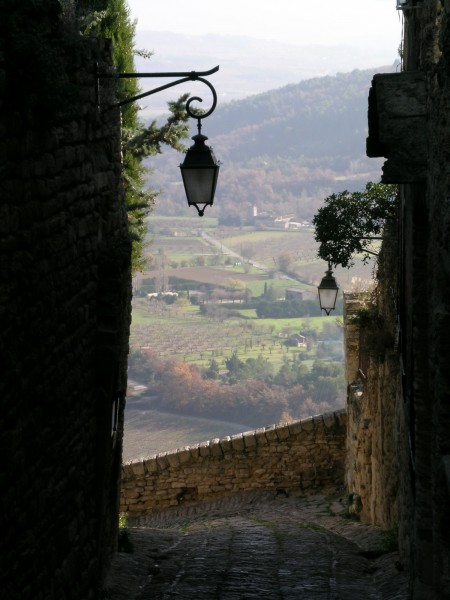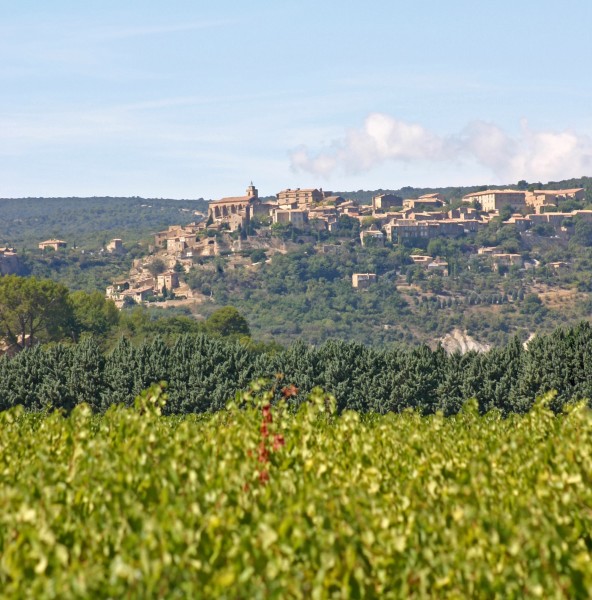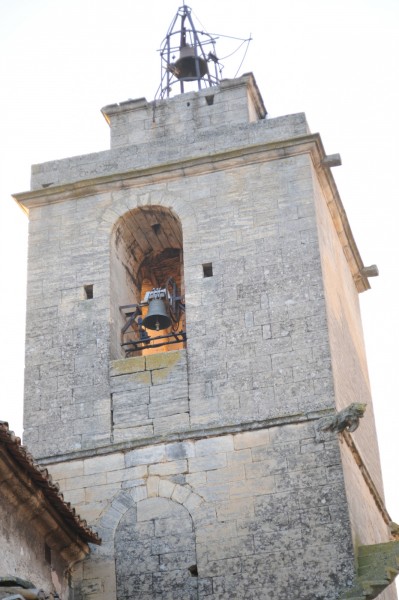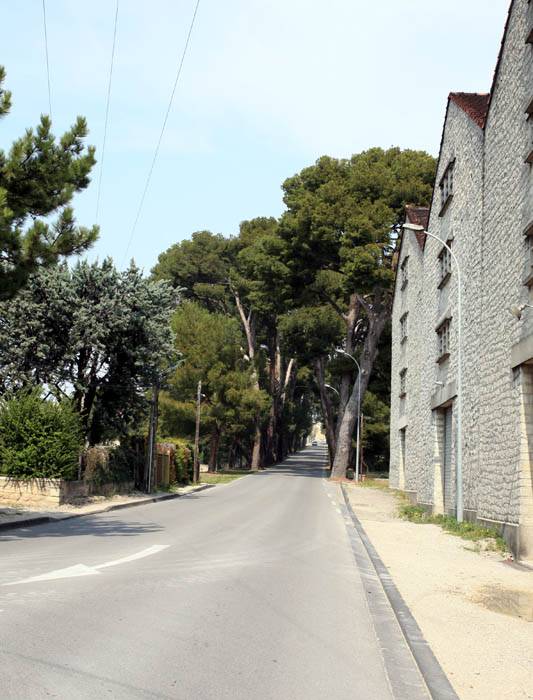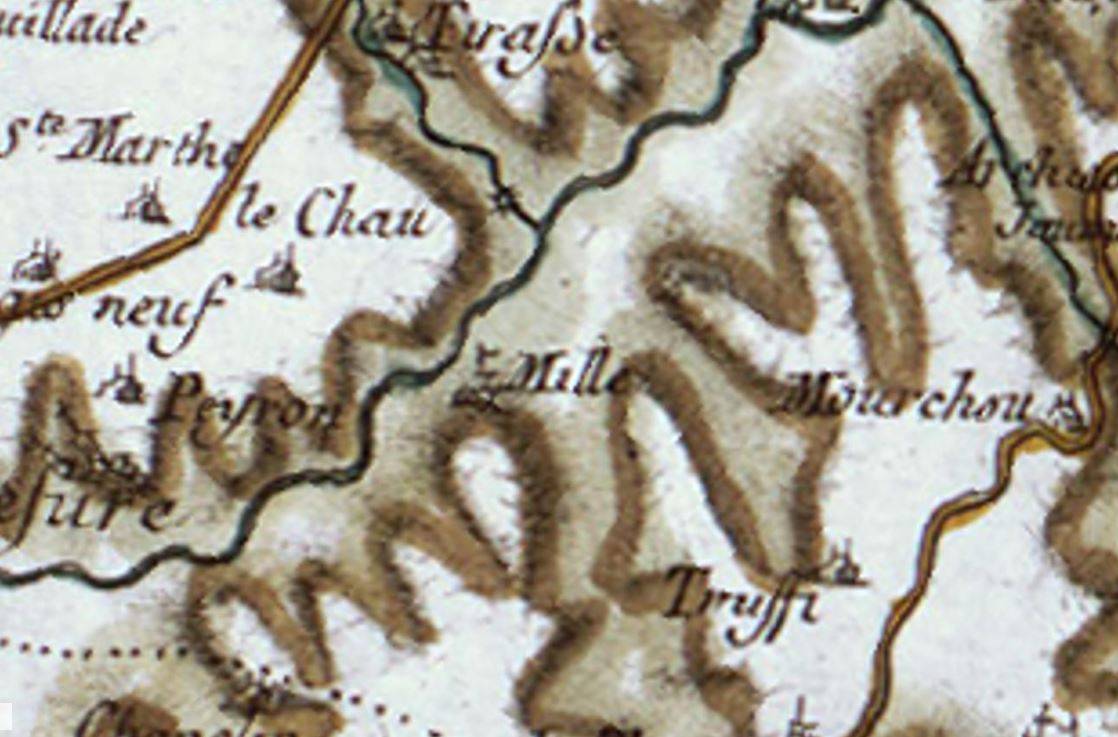Village of GORDES
Gordes #Architecture, #Culture, #Economie, #Histoire, #Patrimoine, #Tourisme,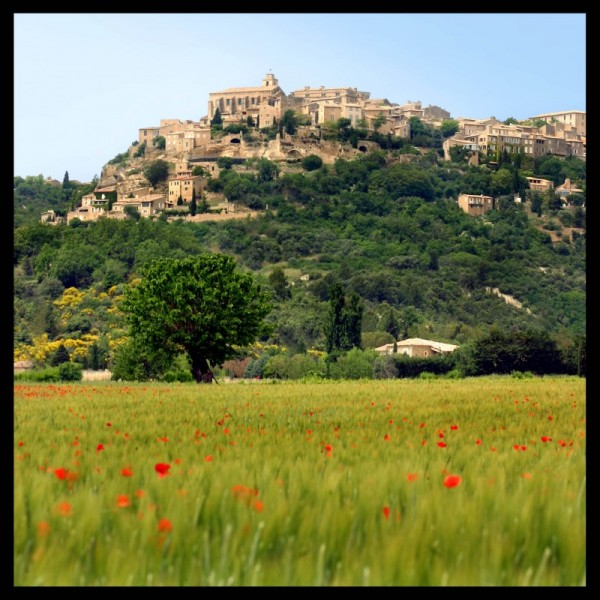
One of the most beautiful villages of France, Gordes is a citadel village, which offers a maze of alleys in calade, winding between tall old houses, built on the rock itself.
Various monuments tell the local history which was rich and eventful.
The Roman Church, XIIth century, was initially dedicated to Our Lady. Rebuilt in the XVIIIth century, it was dedicated to Saint Firmin (Bishop of Uzès). The St Eloi chapel is dedicated to the Ironworkers and Locksmiths, while that of St Crespin is the patron of Shoemakers. A shell in the street Clastres reflects the passage of pilgrims of Saint Jacques de Compostelle.
The cellars of the "Palais Saint Firmin", this large house near the church has numerous troglodyte rooms, cisterns, underground stairs, oil mills created and carved into the rock for centuries over the demands and needs of the local population. Industry and crafts have developed there. If people lived outside, the professional activity was in the cellars and other underground village.
The castle in Gordes, has been 1031. Destroyed, it was rebuilt in 1525. Facades combine more austere style of the Middle Ages and the more ornate Renaissance.
The Bories village, just outside of Gordes towards Coustellet, remained a faithful witness of the life of the peasants of the time. Sheepfolds, wine vats, threshing wheat, streets, yards and walls. The oldest buildings date from the XVth century.
Abbey of Sénanque, 4km from Gordes towards Venasque, lies in the valley of the Sénancole. It was created in 1148, a fine example of Cistercian architecture. Today, the Abbey is still occupied by monks.
One of the most beautiful villages of France, Gordes is a citadel village, which offers a maze of alleys calade, winding between tall houses, built on the rock itself, tight hillside.
Various monuments tell the local history was rich and eventful.
The Church, Romanesque twelfth century, was initially dedicated to Our Lady. Rebuilt in the eighteenth century, it was dedicated to Saint Firmin (Bishop of Uzès). St Eloi chapel is dedicated to the Ironworkers and Locksmiths, while that of St Crespin is the patron of Shoemakers. Street Clastres shell reflects the passage of pilgrims of Saint Jacques de Compostela.
The cellars of the "Palais Saint Firmin" big house with its troglodyte rooms, cisterns, underground stairs, oil mills have been created, carved into the rock for centuries over the demands and needs of the local population. Industry and crafts have developed there. If people lived outside the professional activity was in the cellars and other underground village.
The castle in Gordes, has been 1031. Destroyed, it was rebuilt in 1525. Facades combine more austere style of the Middle Ages and the more ornate Renaissance.
The Bories village, just outside of Gordes towards Coustellet, remained a faithful witness of the life of the peasants of the time. Sheepfolds, wine vats, threshing wheat, streets, yards and walls. The oldest buildings date from the fifteenth century.
Abbey Sénanque, 4km from Gordes towards Venasque, lies in the valley of the Sénancole. It was created in 1148, a fine example of Cistercian architecture. Today, the Abbey is still occupied by monks.
One of the most beautiful villages of France, Gordes is a citadel village, which offers a maze of alleys calade, winding between tall houses, built on the rock itself, tight hillside.
Various monuments tell the local history was rich and eventful.
The Church, Romanesque twelfth century, was initially dedicated to Our Lady. Rebuilt in the eighteenth century, it was dedicated to Saint Firmin (Bishop of Uzès). St Eloi chapel is dedicated to the Ironworkers and Locksmiths, while that of St Crespin is the patron of Shoemakers. Street Clastres shell reflects the passage of pilgrims of Saint Jacques de Compostela.
The cellars of the "Palais Saint Firmin" big house with its troglodyte rooms, cisterns, underground stairs, oil mills have been created, carved into the rock for centuries over the demands and needs of the local population. Industry and crafts have developed there. If people lived outside the professional activity was in the cellars and other underground village.
The castle in Gordes, has been 1031. Destroyed, it was rebuilt in 1525. Facades combine more austere style of the Middle Ages and the more ornate Renaissance.
The Bories village, just outside of Gordes towards Coustellet, remained a faithful witness of the life of the peasants of the time. Sheepfolds, wine vats, threshing wheat, streets, yards and walls. The oldest buildings date from the fifteenth century.
Abbey Sénanque, 4km from Gordes towards Venasque, lies in the valley of the Sénancole. It was created in 1148, a fine example of Cistercian architecture. Today, the Abbey is still occupied by monks.
Renseignements: 04.90.72.02.75.

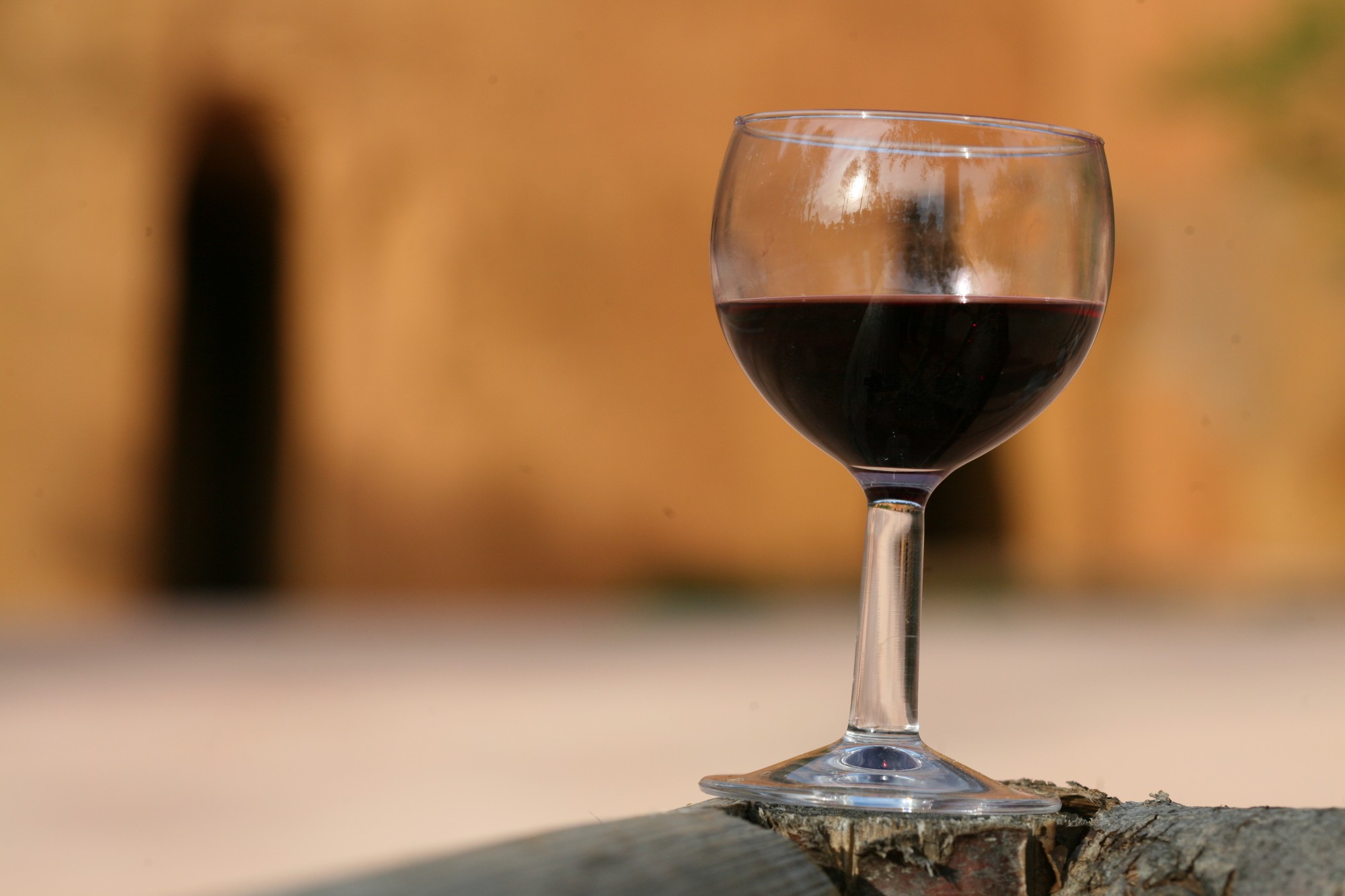
- Rosier Real Estate
- Place du Château
84220 GORDES
France

